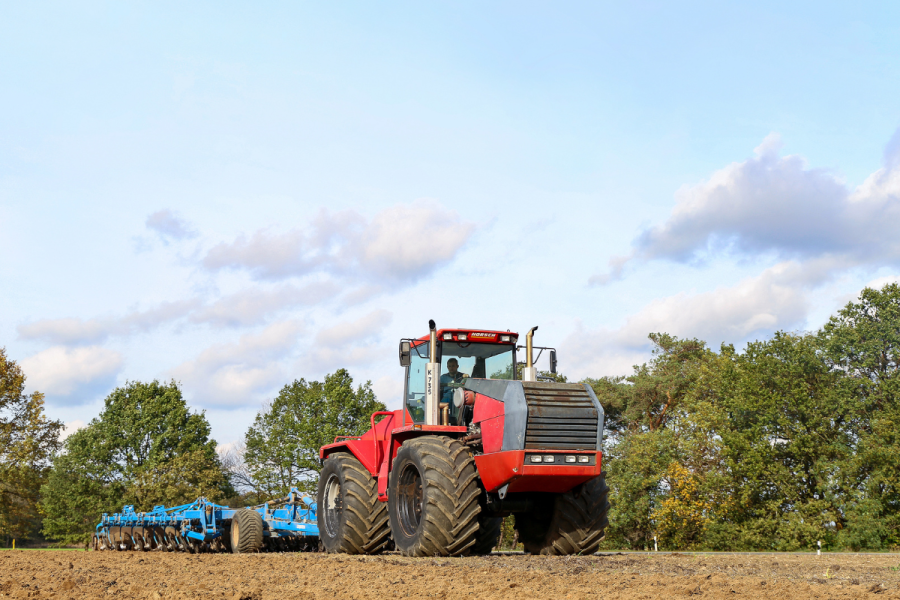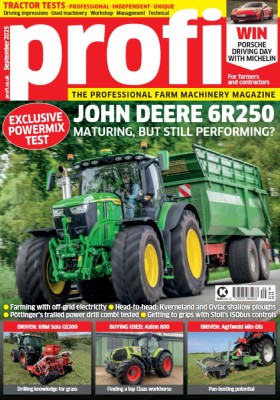REPORT: About 30 years ago Horsch unveiled its K735, an articulated, 350hp power house. This was based on the K700 from Kirovets, albeit with the addition of some Horsch niceties. Unfortunately, the time wasn’t right for Horsch tractor success, and even now it’s still looking at ways of going self-propelled with its cultivator and drill range.
After the dramatic fall of the Berlin Wall in 1989, the western Germany farm machinery industry had the opportunity to sell its wares to farms in Eastern Europe. New technology was in demand in what were then the new federal states of Germany.
Fledgling machinery manufacturer Horsch was building a reputation for its innovative sowing technology and had already developed a pneumatic seed drill with a working width of up to 12m. They were able to provide the highly productive machines needed for the large farms out in East Germany and Eastern Europe. But there was a lack of suitable large tractors that could pull these wide working implements. And there was still a gap in the
market between the big players such as Case IH and John Deere.
Self-propelled experience
Horsch had already gained vehicle building experience with the three-wheeled Terra-Trac since its early days. Kitted out with a seed drill, it was one of the most popular min-till drilling systems of the time. The philosophy was based on low ground pressure and non-inversion cultivation. However, Horsch also realised early on that its self-propelled sowing system would only appeal to a limited number of European farmers.
For more up-to-date farming news click here and subscribe now to profi and save.






